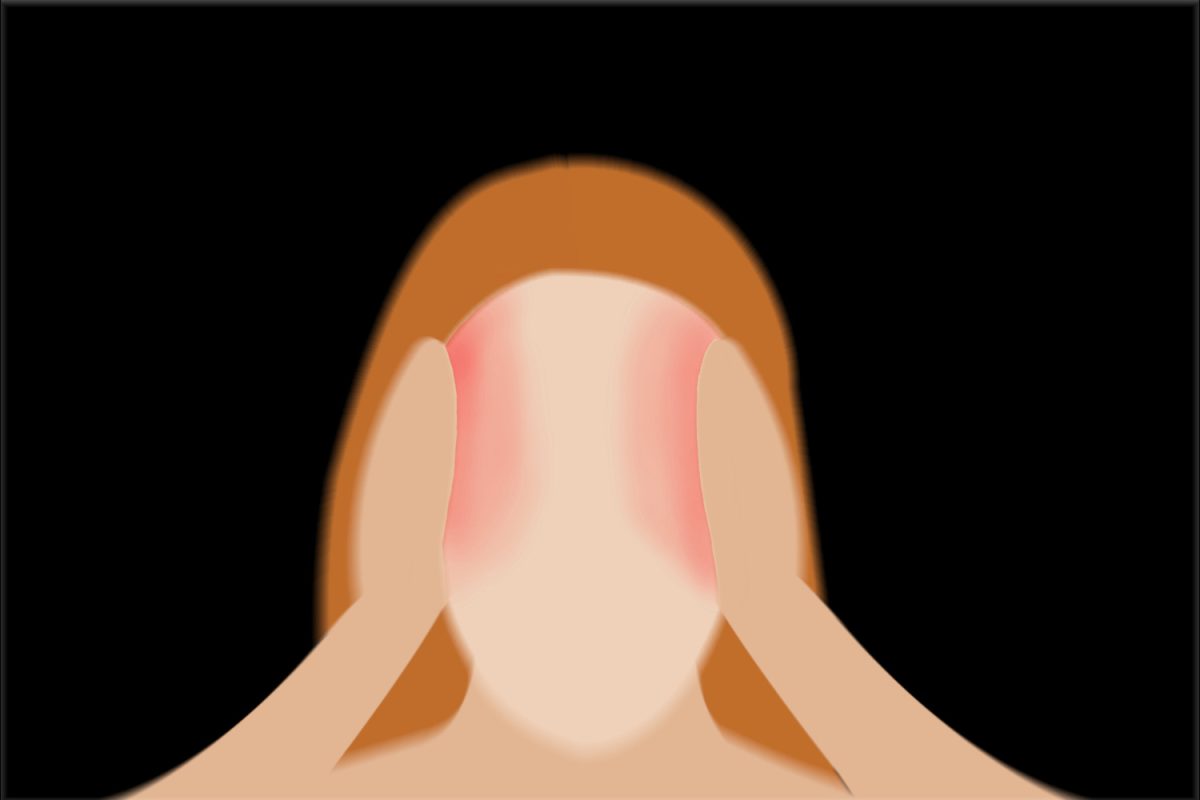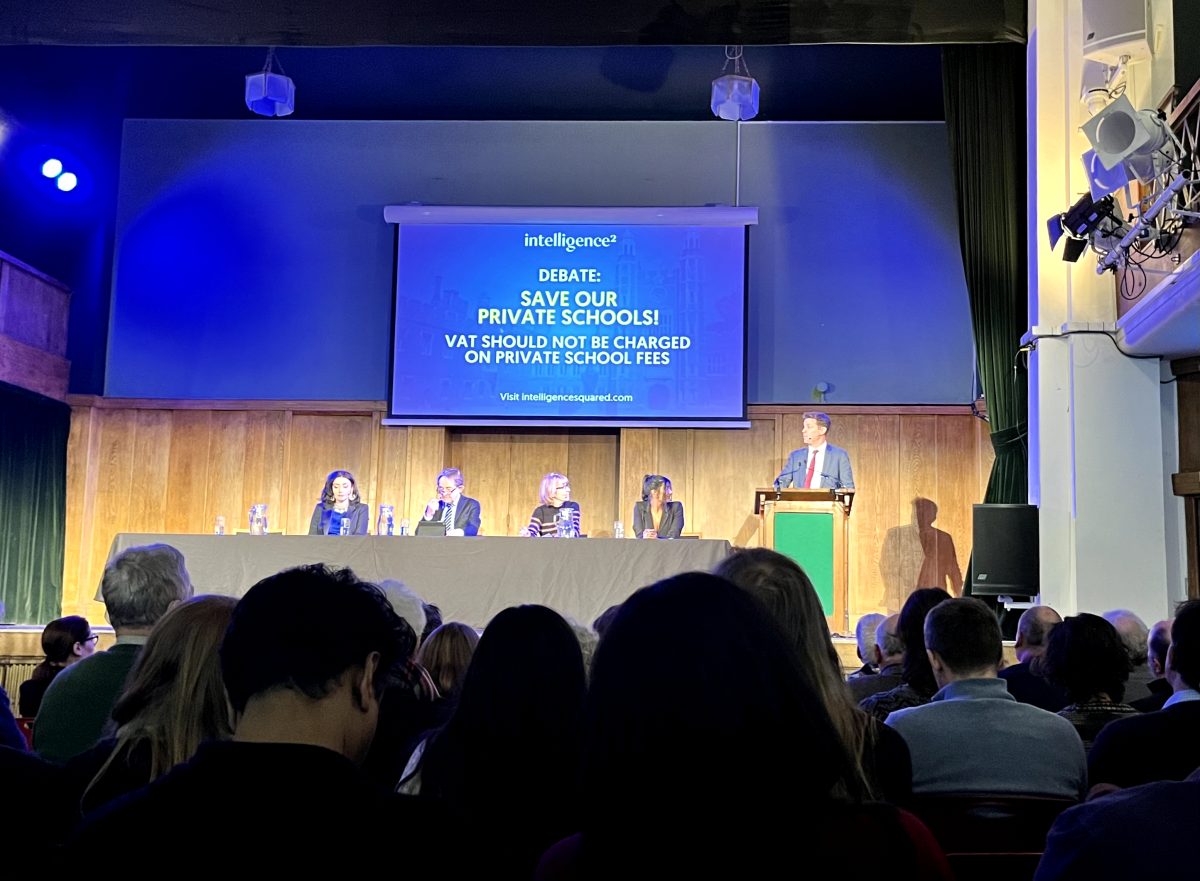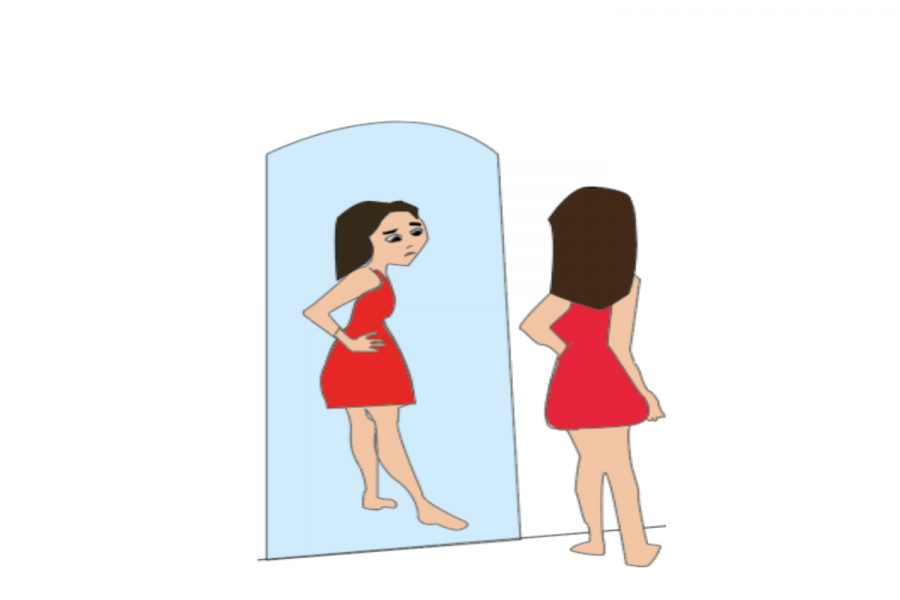The mentality of a perfect body continues to exist in our era today, stimulating an environment where many lack body confidence and self esteem.
Society’s unrealistic body standards create an immense sense of pressure among teenagers to achieve a perfect body, thus deteriorating their overall self-esteem and creating unhealthy habits.
The idea of a perfect body is perpetuated through unrealistic photos of women and girls portrayed in the media. Underweight and photoshopped models are everywhere, and they act as examples for what teenage girls should supposedly look like.
The thought of being “fat” and “bloated” goes through people’s heads daily. The negative connotations surrounding bloating coupled with the excessive online spread of excessive dietary tips to “debloat” reflect the widespread mentality that nothing but a flat stomach is acceptable.
Nowadays, beauty is not measured by uniqueness, but by a number on a scale or the size of one’s waist. In order to be perceived as beautiful, individuals must conform to these unattainable standards, characterized by a skinny waist, an hourglass figure, big lips, a thigh gap and a flat stomach.
Body standards are a social construct that are enforced in day to day interactions and are perpetuated by social media. On apps such as Instagram, TikTok and Facebook, teenagers are exposed to endless posts of the “ideal” body type, particularly by Instagram models and influencers.
According to Insider magazine, a 2015 study found that female-identifying college students who spent more time on Facebook had poorer body images.
Furthermore, in a study conducted on 18 to 34-year-olds by the Huffington Post, it was found that almost half of the participants said their social media feeds made them feel “ugly or unattractive.” There is a significant relationship between excessive time on social media and deteriorating self-perception.
I too have experienced this. When I’m casually scrolling through my feed on Instagram or Tiktok I feel as though I will never measure up to the girls that I see, pushing me to have low self esteem.
This toxic environment has made it so that instead of acknowledging the beauty I see in others, I compare myself to them.
The society we live in forces girls to be competitive, to beat themselves up if they can’t reach perfection and to strive for an ideal body even when it’s unattainable.
Another recurring theme that emerges from social media is the desire for validation. The need to obtain numerous likes on a post is directly linked to the need for acceptance.
In addition, when reflecting on the photos that tend to obtain the most amount of recognition, I instantly think of the ones where a “perfect” body is depicted. Whether that be a swimsuit picture or a casual everyday photo, posts that embody society’s beauty standards are most popular among the public.
Furthermore, it is important to consider that body issues and standards are not only significant for women, but they appear among men as well.
According to a study conducted by Bradley University, men tend to be quieter about their body negativity due to shame and embarrassment if they don’t have the so-called-perfect figure They too are under constant pressure by society to achieve the perfect body, such as a muscular figure
Nonetheless, body negativity tends to be more prevalent among women due to the toxicity of diet culture and social media. Exposure to the mentalities that entail the necessity to control food intake and weight gain tend to be more common amongst girls.
Results from a psychology study state that girls are more inclined to be conscious about how their body weight affects their appearance compared to men because they are more frequently confronted with ideal bodies in the media.
I am often saddened by the comments that I hear amongst my peers surrounding clothing and food intake. For instance, “I look too fat in this outfit” is a common concern.
Diet culture has significantly increased over the years as the popularity of extreme weight loss, restricting food intake, calorie cutting and over-exercising have become more common.
Contextually, diet culture became popularized because it served as a solution for those who struggled with achieving their desired body, providing means to quickly cut weight.
Furthermore, according to Common Sense Media, 80% of 10-year-old girls in the U.S. have been on a diet. This shocking statistic highlights the fact that food restrictions are extremely prevalent among youth.
Thankfully, the recent body positivity movement has challenged societal beauty standards by striving to normalize all body types. This movement is monumental because it not only breaks the stigma surrounding weight gain, but also allows for a society where individual beauty is finally recognized.
An example of a brand that promotes body positivity is Savage x Fenty Beauty, which rejects the universal one size fits all beauty standards in order to create a safe and inclusive environment for women of varying body types. Many other brands such as Dove and Nike have followed this path.
Portraying unedited and diverse women through campaigns such as Dove’s “real beauty” ad plays a significant role in the upliftment of self esteem because girls can finally relate to what they see on screen.
Spreading body positivity throughout the modeling industry will create a positive effect on teenagers growing up, abolishing unrealistic body standards and allowing for an inclusive society. However, there is still much more progress to be made in achieving an inclusive environment for a diverse range of body types.
Eventually, we must reach a consensus that being perfect isn’t possible, and ultimately allow people to be comfortable in their own skin.






Reagan • May 4, 2022 at 4:05 pm
im working on the same kind of website myself. It’s a school project and im using this website as source. Thanks for the ideas, I hope I can be as successful at encouraging others and helping them as your website has for me (:
Caitlin Dailey • May 3, 2022 at 3:19 pm
I love this. Not too hard to understand and really helpful!!